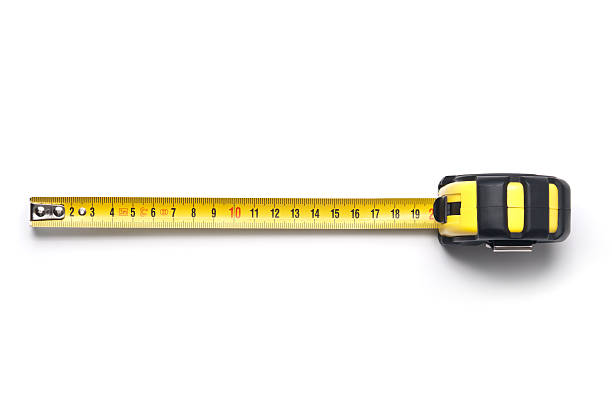Is a Meter or Yard Longer?
In this article, we will explore the difference between meters and yards and determine which unit of measurement is longer. We will delve into the origins and uses of these measurements, provide real-life examples, and discuss any historical and cultural perspectives related to their usage. By the end, you will have a clear understanding of the relative lengths of meters and yards.
Introduction
Measurement units play a crucial role in our daily lives, enabling us to quantify and compare various physical quantities. Meters and yards are two commonly used measurements of length. Understanding their differences and how they relate to each other can be valuable knowledge.
Understanding Meters and Yards
What is a Meter?
The meter is a fundamental unit of length in the metric system, used by most countries worldwide. It is defined as the distance traveled by light in a vacuum during a specific time interval. This standardized definition ensures accuracy and consistency in measurement.
What is a Yard?
The yard, on the other hand, is primarily used as a unit of length in the United States and a few other countries. It originated from the English system of measurement and was historically defined as the distance from the tip of the nose to the outstretched arm’s end of King Henry I of England. However, it has since been redefined based on more precise measurements.
Comparison of Meters and Yards
Measurement Units
In terms of measurement units, a meter is longer than a yard. One meter is equivalent to 1.0936 yards. Therefore, if you were to convert a length from meters to yards, you would end up with a larger value.
Length Conversion
Converting between meters and yards can be done by multiplying or dividing the given length by the conversion factor. To convert meters to yards, you would multiply the number of meters by 1.0936. Similarly, to convert yards to meters, you would divide the number of yards by 1.0936.
Real-Life Examples
Understanding the difference between meters and yards becomes particularly important when dealing with real-life scenarios that involve measurements. Let’s explore some examples:
Sports Fields
Sports fields, such as soccer or football fields, are often measured in both meters and yards. The choice of measurement unit may vary depending on the region or sport. For instance, in Europe, soccer fields are commonly measured in meters, whereas in the United States, they are often measured in yards.
Construction
In construction and architecture, both meters and yards find applications. Contractors and builders may use one or the other based on their familiarity and regional conventions. Precise measurements are crucial to ensure accurate construction projects.
Textile Industry
The textile industry often deals with fabric measurements, where meters and yards are frequently used. Fabrics are sold in different lengths, and understanding the conversion between meters and yards is essential for customers and manufacturers alike.
Historical Perspective
The historical context of measurement systems sheds light on the origins and evolution of meters and yards. Meters were introduced during the French Revolution as part of a decimal-based metric system, aimed at establishing a universal system of measurement. Yards, on the other hand, have their roots in ancient civilizations, evolving over time through various definitions and standards.
Cultural Differences
Cultural differences can influence the choice of measurement units. As mentioned earlier, the United States primarily uses yards, while most other countries have adopted the metric system and use meters. Cultural traditions and historical legacies contribute to these variations in preference.
Final Thoughts
In conclusion, meters are longer than yards. A meter is a fundamental unit of length in the metric system, while the yard is primarily used in the United States and a few other countries. Understanding the difference between these measurements is essential for accurate conversions and effective communication across regions.
FAQs
Can I convert meters to yards using a calculator?
Yes, you can use a calculator or a conversion tool to convert meters to yards. Simply multiply the number of meters by the conversion factor of 1.0936.
Which countries use meters as their primary unit of length?
The majority of countries worldwide use meters as their primary unit of length due to the adoption of the metric system.
Are there any advantages to using yards over meters?
In certain contexts, familiarity and tradition might make the yard a preferred unit of measurement. However, the metric system offers advantages in terms of universal standardization and ease of conversions.
Are there any historical artifacts or landmarks associated with the yard?
While the yard does not have specific artifacts or landmarks associated with it, its historical origins can be traced back to ancient civilizations.
How can I estimate lengths using meters or yards without a measuring tool?
Familiarize yourself with common reference lengths, such as the height of an average person or the width of common objects. By using these reference lengths, you can make approximate estimations in meters or yards.







